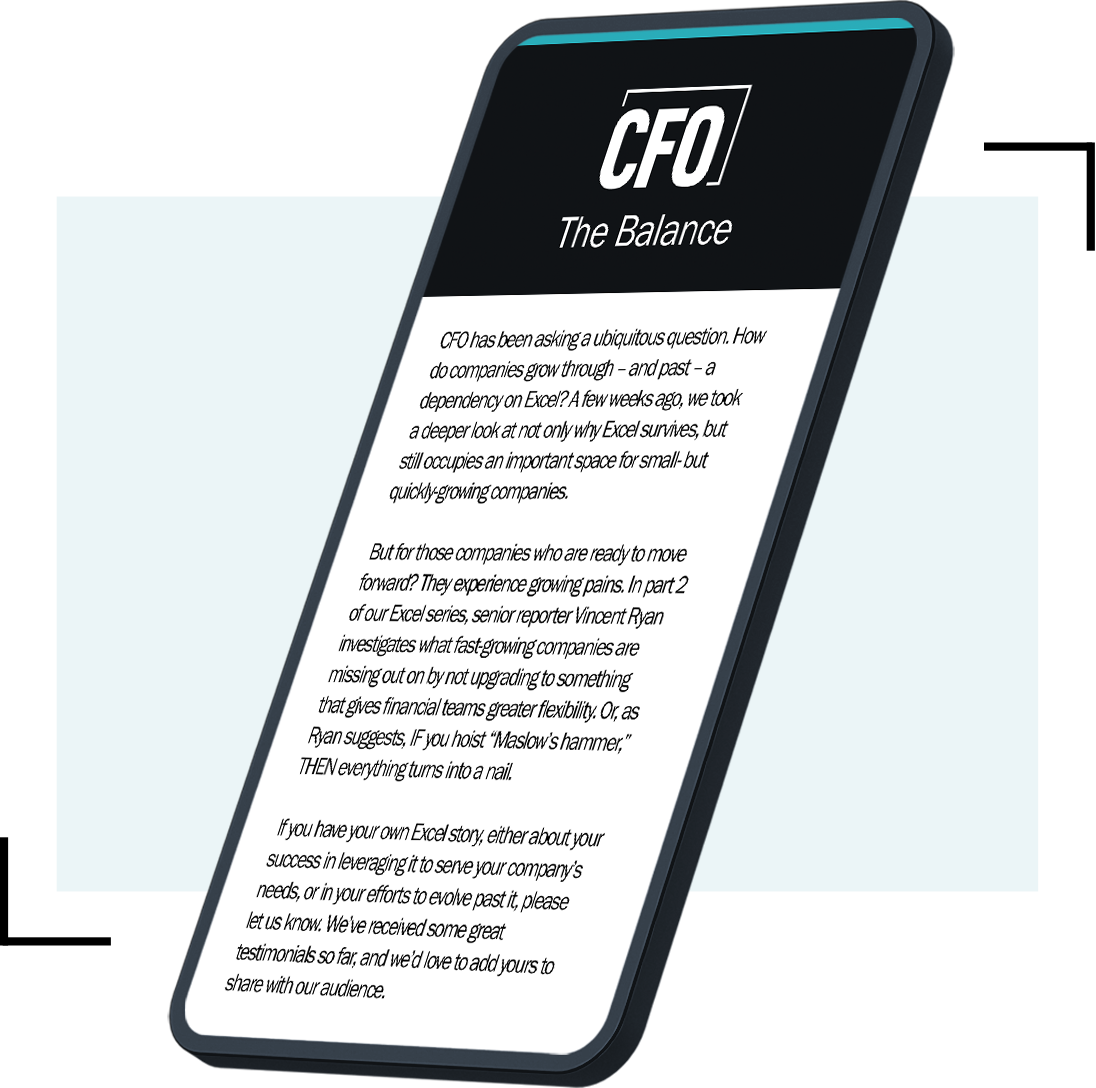As flu season approaches its peak, employers beware: sick days may affect the bottom line more than usual. A survey by CCH found that in 2006 unscheduled absenteeism among employees reached its highest rate since 1999. Large companies are paying up to $850,000 a year in payroll for sick time, not to mention the cost of temporary replacements and lost productivity. That’s doubly painful when you consider that only about one out of three of those “sick” days are for actual illness, while 65 percent are the result of family issues, personal needs, stress, and the so-called mental-health day, according to Pamela Wolf, a workplace analyst at CCH.
But companies that crack down by enforcing stringent sick-time policies (or offer none at all) risk “presenteeism”: sick employees show up but do little work and infect their co-workers.
Barry Blass, CFO of Hachenberger Management, a holding company that owns and manages more than 40 businesses ranging from realty to horticulture, recommends a middle ground: his company instituted a paid-time-off bank five years ago that gives employees at least 10 days a year for illness or personal needs. He says the policy did not cause absenteeism to increase. “Our workers understand that if they abuse the system, they’ll pay out of pocket for each day they take over the limit,” he says.
Increasingly, businesses appear to see the wisdom in more-flexible approaches to time off. The average number of work-life programs a company offers, such as leave for school functions and telecommuting, has increased from 9 to 11, and more companies are providing elder and on-site child-care services. It’s not all a matter of accommodation, however: the survey also found that an overwhelming 97 percent of companies use disciplinary action to enforce time-off policies and rank such action as the most frequently used means of preventing abuse.









